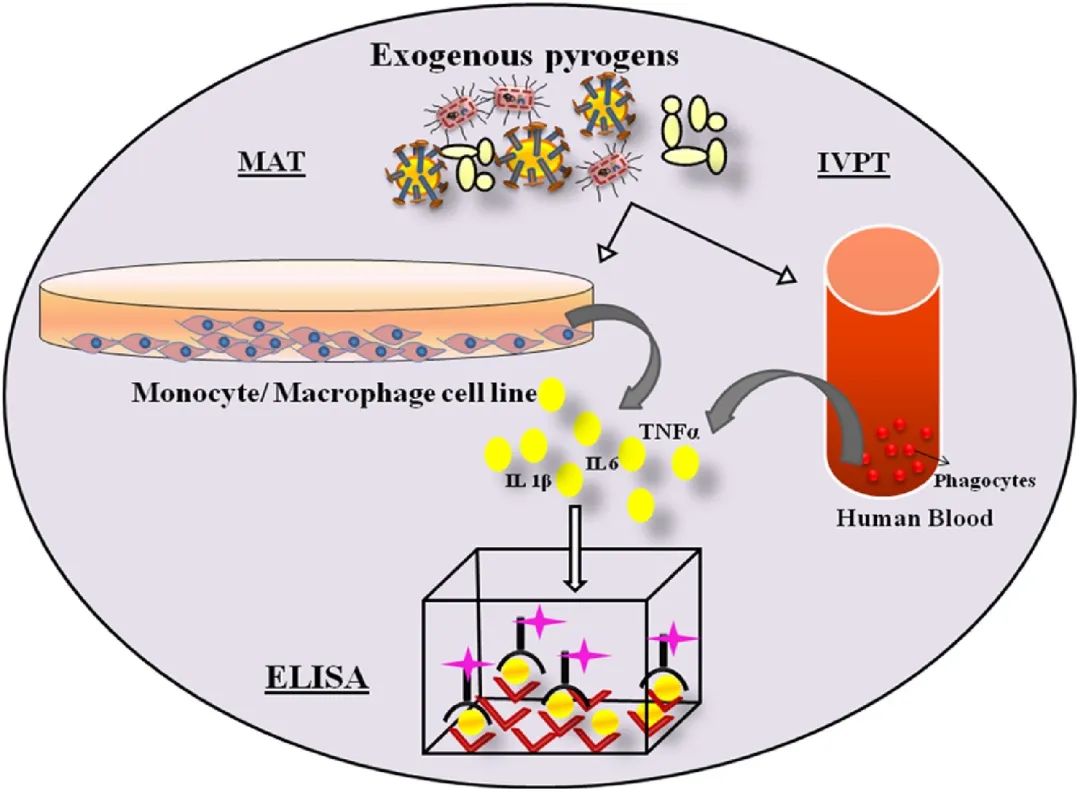
Endotoxin and Nuclease are Obstructing your Research!
WHAT IS ENDOTOXIN
It is a special component of the cell wall of gram-negative bacteria— lipopolysaccharide (LPS), which is released in large quantities after bacterial death and disintegration. When there is a sufficient amount of it in the body, a string of symptoms may occur, for instance, fever, microcirculation disturbance, endotoxin shock and disseminated intravascular coagulation, multiple organ failure, and sometimes death[1].
In scientific research experiments, endotoxin is also a factor not to be ignored.
Endotoxin has different effects on different cells, mainly in the following two aspects: (1) transforming cells. For example, it may transform liver cells then weaken their hexose-absorbing ability; (2) promoting or inhibiting cell proliferation in the processes of cell proliferation and culture.
HOW WILL NEST PRODUCTS HELP OUT?
NEST products of Cell Culture and Bioprocessing Solutions are produced and packaged in Class 10,000 and Class 100,000 Cleanrooms, during which the endotoxin indicator is monitored. The products will be tested by the endotoxin limulus test method after sterilized by electron beam to strictly control endotoxin index, ensuring the product a perfect cell culture vessel.
In addition to the endotoxin, nuclease is also a hidden danger during cell culture in scientific experiments.

Rabbit Pyrogen TEST(RT)

Enzyme-linked Immunosorbent Assay (ELISA) Method
WHAT IS NUCLEASE?
Nucleases are all enzymes that can hydrolyze and destroy nucleic acids, and abound in animals and plants. According to the different substrates, it can be divided into two categories: DNAase (DNase) and RNAse (RNase).
NEGATIVE EFFECTS ON BODY CELLS
Generally, nucleases fulfill important physiological functions in vivo. If impacted by various unfavorable in vivo or in vitro factors, the intracellular DNA double-stranded skeleton will become unstable, and the connected phosphodiester bonds will be hydrolyzed by nucleases, resulting in DNA strand breakage and damage. DNA breakage can hold back strand elongation or cause changes in chromatin structure during RNA synthesis process, hence causing abnormal transcription; and abnormal degradation of mRNA by RNase will affect protein expression levels. All of these will lead to changes in the quantity and quality of the expressed product, which will affect the cell function to varying degrees, and even lead to cell death.
Studies have demonstrated that DNase1 can aggravate acetaminophen-induced hepatocyte necrosis in mice[2]. Others manifest that DNase mediates chromatin collapse during cysteine aspartate proteinase-dependent apoptosis and is involved in the formation of apoptotic nuclear morphology[3].
HOW WILL NEST PRODUCTS HELP OUT?
NEST products are produced and packaged in Class 10,000 and Class 100,000 Cleanrooms and are subjected to qPCR tests to verify the nuclease-free status of the products. NEST Nuclease-free Cell Culture and Bioprocessing consumables can reduce harmful factors and damaging risks in the cell culture environment, and help maintain their normal biological characteristics and functions, thus facilitate cell experimental research. In addition, nucleic acid molecule detection products are applied in the qualitative and quantitative detection of nucleic acid in the sample where substances that damage nucleic acid mustn’t exist. Reassuringly, NEST PCR consumables are free of nuclease contamination, ensuring accurate and reliable nucleic acid detection results.

[1] P.E. Boucher. Chapter 22 - A Framework for Evaluating Nonclinical Safety of Novel Adjuvants and Adjuvanted Preventive Vaccines. Immunopotentiators in Modern Vaccines (Second Edition), 2017, Pages 445-476.
[2] Markus Napirei, Alexei G. Basnakian, Eugene O. Apostolov, Hans Georg Mannherz. Deoxyribonuclease 1 aggravates acetaminophen‐induced liver necrosis in male CD‐1 mice[J]. Liver Biology and Pathobiology, First published: 26 January 2006.
[3] Victoria Iglesias-Guimarais, Estel Gil-Gui?on, María Sánchez-Osuna, Mercè García-Belinchón, Joan X. Comella, Victor J. Yuste. Chromatin Collapse during Caspase-dependent Apoptotic Cell Death Requires DNA Fragmentation Factor, 40-kDa Subunit-/Caspase-activated Deoxyribonuclease-mediated 3′-OH Single-strand DNA Breaks[J]. CELL BIOLOGY, Volume 288, Issue 13, P9200-9215, March 2013.
